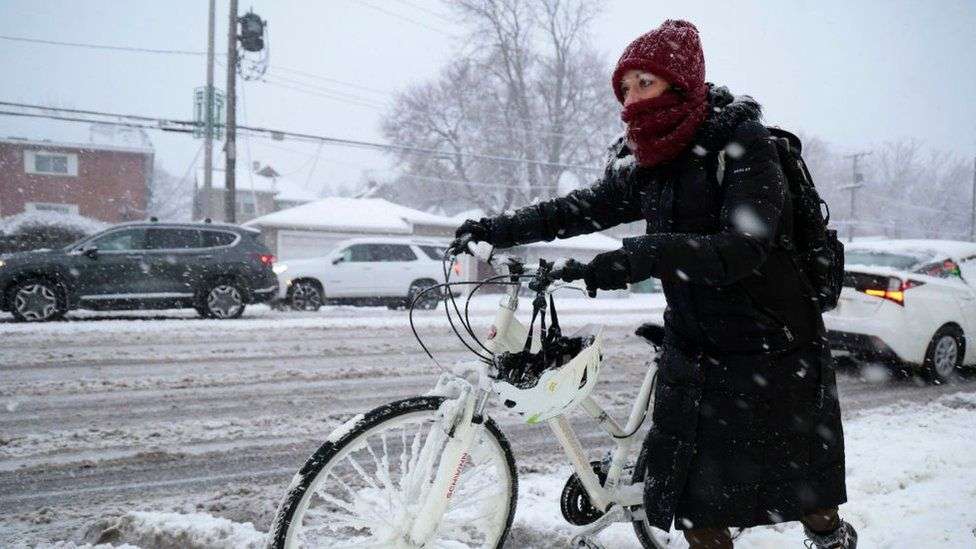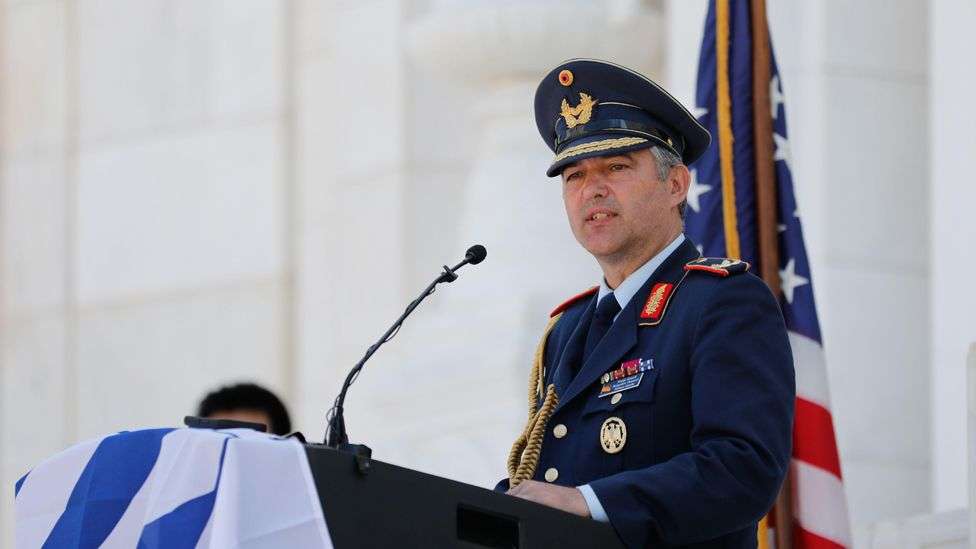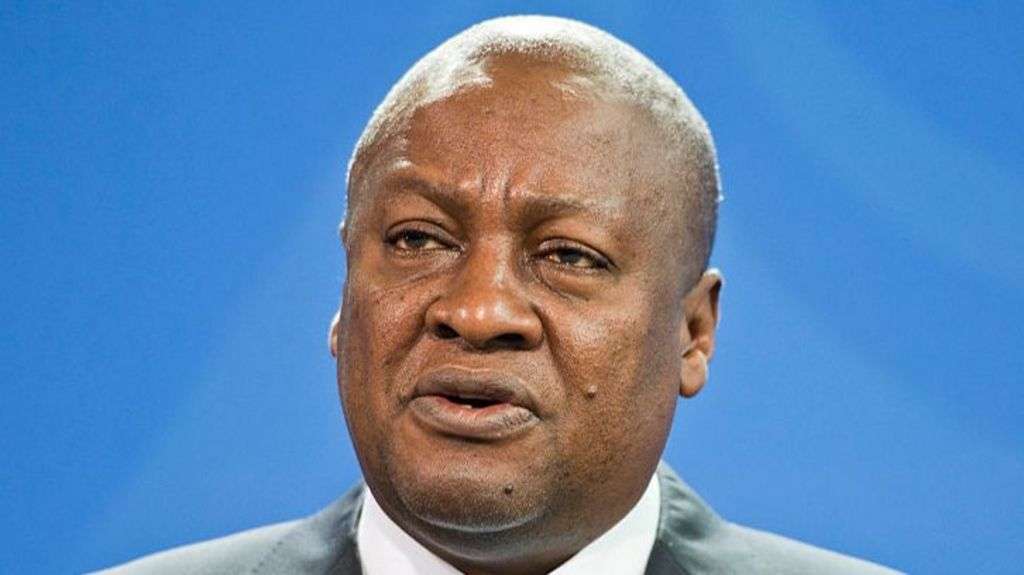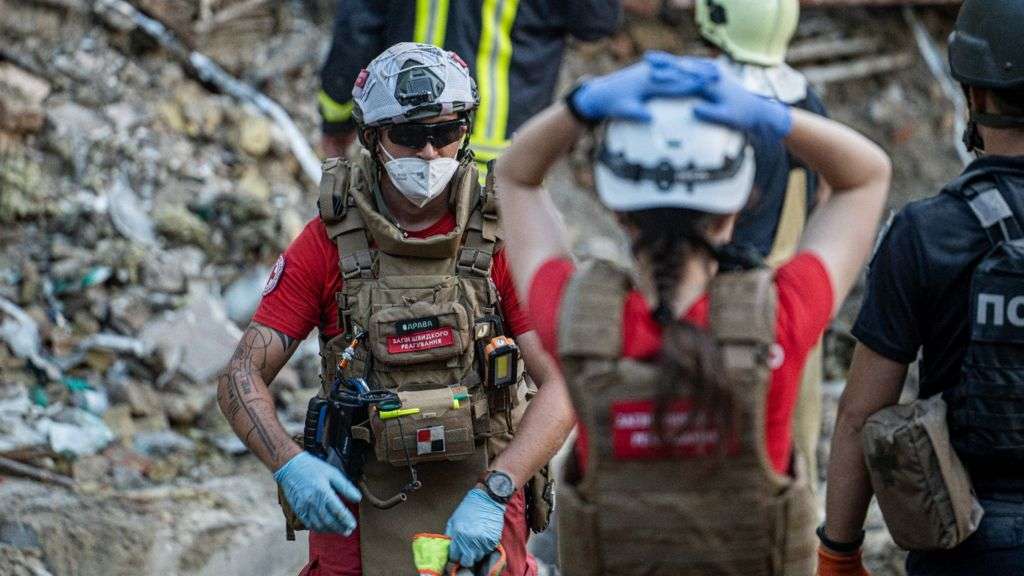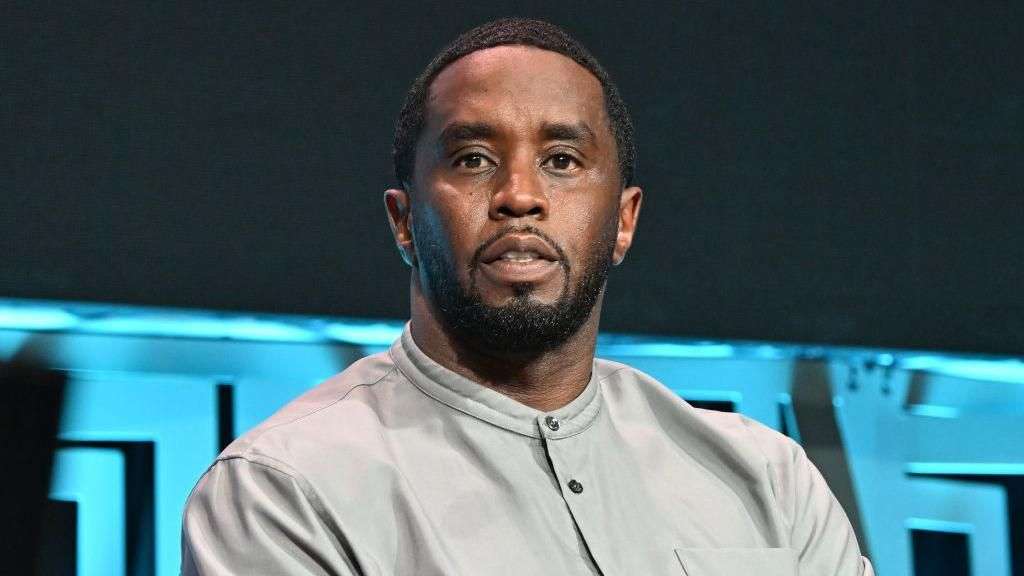A major winter storm has unleashed icy winds and heavy snowfall across large parts of the US, disrupting travel and leaving thousands without power.
The storms will be followed by a bitter cold arctic chill into the weekend, with temperatures dipping near -50F (-45C) in some areas.
Nearly 10in ((25.4cm) of snow in Iowa, where the 2024 election cycle kicks off on Monday, has upended campaign events.
Forecasters have called it a "life-threatening winter weather".
The National Weather Service (NWS) has issued weather alerts in nearly every state, as snow is in the forecast into Saturday from as far west as Oregon to as far east as Maine. More than 70 million people are under winter weather alerts.
Extreme weather has forced the cancellation of more than 2,000 flights as of Friday, most of which were scheduled to fly out of Chicago, according to flight-tracking service FlightAware.
Nearly 200,000 people are without power as of Friday evening, with Michigan and Wisconsin most affected.
Brian Hurley, a meteorologist with the NWS, told the OceanNewsUK that midwestern states, including eastern Iowa, northern Illinois and southern Wisconsin, have already received between six to 10 inches of snow as of Friday evening.
Former President Donald Trump's campaign on Friday cancelled three out of the four in-person campaign events he was scheduled to hold over the weekend before the Iowa caucuses. Other candidates, including Nikki Haley and Ron DeSantis, have also had to cancel campaign events because of extreme weather in the state.
More snow is in the forecast for the area on Saturday, where the upper part of Michigan near the Great Lakes may get closer to two feet of snow.
That storm system is expected to eventually move northeast into Canada, impacting parts of Ontario and Quebec.
Southern states will also get their own mix of snow, sleet and freezing rain into the weekend, concentrated in eastern Oklahoma, northern Mississippi and western Tennessee.
In parts of Texas, the NWS issued a wind chill watch through Saturday, and warned of hypothermia and frostbite. It predicted wind chills there could drop to -25F (-32C).
The average low temperature in Texas was forecast at 15F (-9C), prompting some concern among state energy suppliers, which saw the power grid collapse in 2021.
Texas Gov Greg Abbott told residents at a press briefing on Friday to be "very, very cautious" and to expect "ultra-cold temperatures", adding that warming centres will be available for those in need.
But he added that another days-long blackout was unlikely.
At the heel of the storms will be a bone-chilling cold arctic front that is already being felt in western Canada, where temperatures with the wind chill in near Whistler, British Columbia dipped around -58F (-50C) on Thursday.
Edmonton, Alberta is forecast to hit its coldest day in more than 50 years, with Environment Canada warning that the mercury might hit -40F (-40C) overnight into Saturday.
The bitter cold has already caused a series of disruptions, including flight cancellations out of Calgary and a shutdown of an "air handling" system at a hospital in Edmonton, causing patients at the emergency department to temporarily relocate.
As the cold air moves eastward, Mr Hurley with the NWS said it was very likely that parts of the US would see record-low temperatures, especially in Montana and the Dakotas.
Wind chill warnings ranging from -55F (-48C) to -35F (-37C) have been issued across the northwest, from Washington to North Dakota, and down to Nebraska and Kansas.
In northern Missouri, wind chills up to 35 degrees below zero were predicted, along with 2-4in of snow, and wind gusts up to 45mph. Those cold wind chills could cause frostbite on exposed skin in as little as 10 minutes, the NWS warned.
"We call it 'life-threatening' for a reason," a local Missouri branch of the service wrote on X, formerly Twitter. "Take it seriously. This kind of cold does not happen very often."


